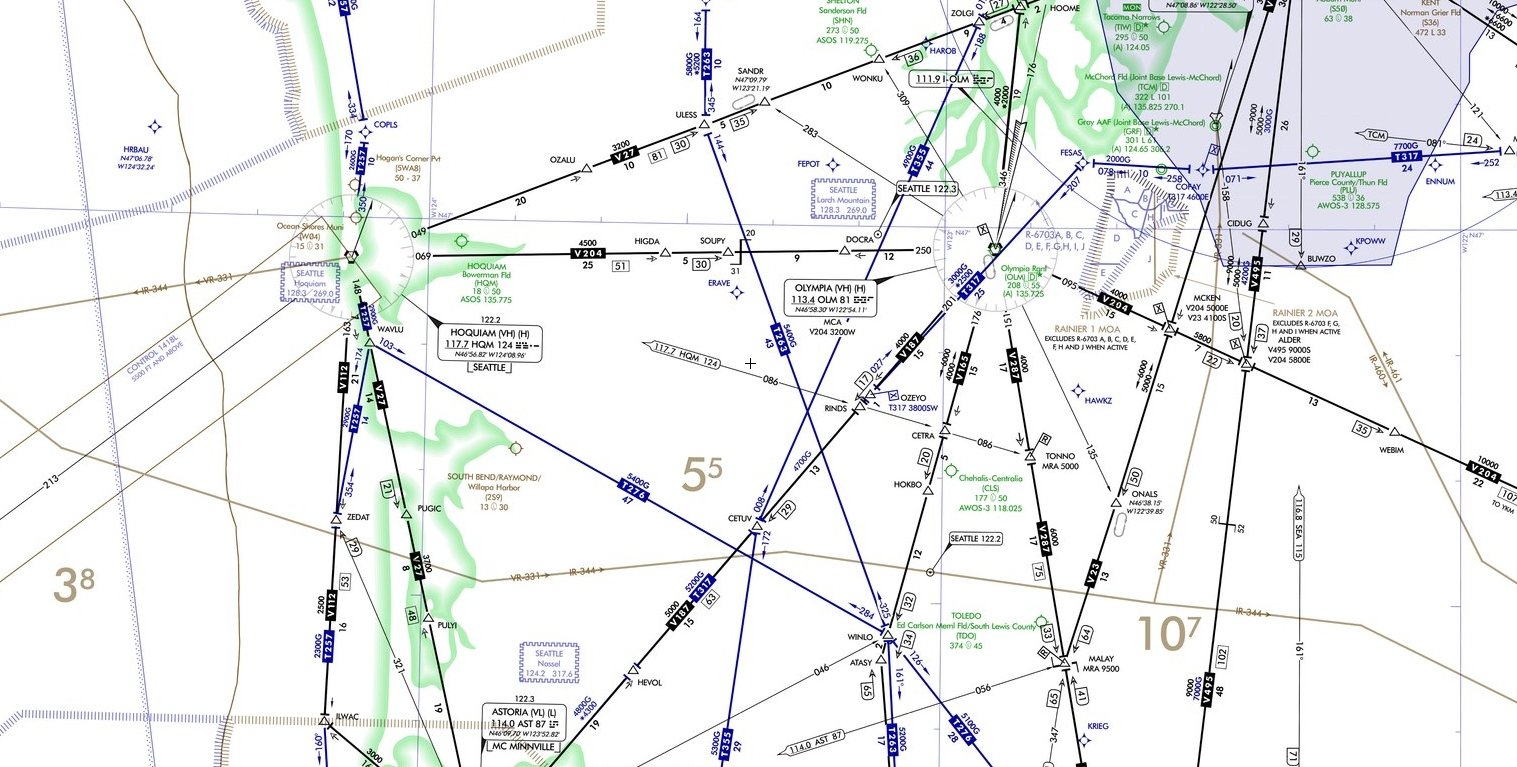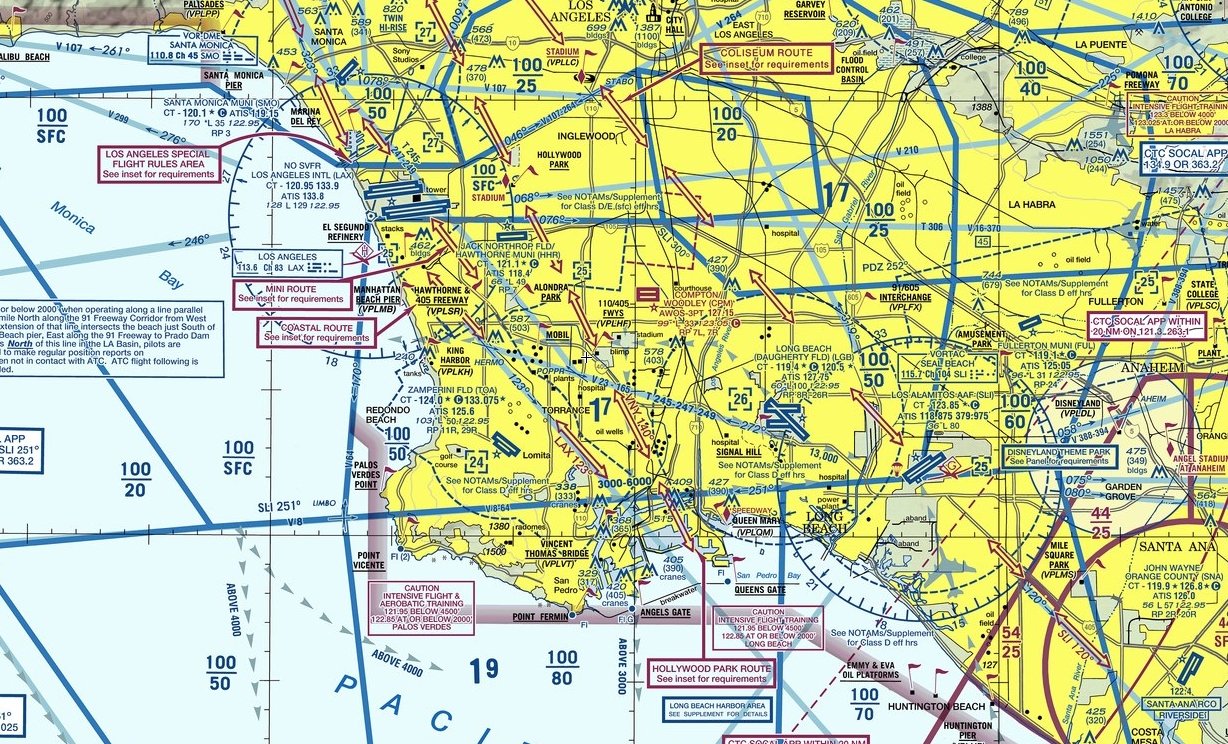
What Does it Mean
to be a Pilot?
It means committing to the highest standards of safety, discipline, and accountability—regardless of who’s watching. It means mastering not only the aircraft, but also decision-making, risk management, and clear communication under pressure. A professional pilot shows up prepared, operates with integrity, and takes responsibility for their performance, every time. It’s a mindset, not just a job.
Who do YOU want to be?
Private Pilot Progress Checks
-
Phase 2, Scenario 4: Improving Control
This progress check will evaluate core safety and airmanship skills, including preflight inspection, SRM, checklist use, and radio communication.

-
Phase 5, Scenario 1: Solo Flight
This progress check will assess the student’s understanding of key regulatory and safety topics, ensuring readiness to act as Pilot in Command.

-
Phase 7, Scenario 3: Flying Cross Country
This progress check will evaluate a student pilot’s readiness for solo cross-country flight. Areas of focus include navigation, FAA Flight Plans, and airspace knowledge.

Instrument Progress Checks
-
Phase 2A: Basic Instrument Skills
This progress check will assess the student’s ability to safely control the aircraft by reference to instruments. Tasks include basic instrument maneuvers, timed and compass turns to magnetic headings, and recovery from unusual flight attitudes.

-
Phase 4A: Fundamental Instrument Operations
This progress check will evaluate the student’s proficiency in fundamental instrument flight operations. Areas of focus include intercepting and tracking navigation systems and DME arcs, and executing holding patterns.

-
Phase 6A: Terminal Environment Operations
This progress check will assess the student’s ability to execute key IFR procedures in a terminal environment. Tasks include departure and holding procedures, TAA operations or course reversals, and both precision and non-precision approaches.

Commercial Pilot Progress Checks
-
Phase 2A Progress Check: Cross Country Flying
This progress check evaluates the student’s ability to plan and execute cross-country flights using both VFR and IFR navigation methods, including pilotage, dead reckoning, VOR, GPS, and Federal airways.

-
Phase 3A Progress Check: Advanced XC Skills
This progress check evaluates the student’s ability to plan, manage, and execute a complex cross-country flight while demonstrating sound aeronautical decision-making, risk management, and system management skills.

-
Phase 5A Progress Check: Performance Maneuvers
This progress check evaluates the student’s proficiency in advanced aircraft control, single-pilot resource management, and scenario-based decision-making. It includes complex maneuvers, precision takeoffs, and advanced landings

Forms and Checklists
Progress checks require the red checkride folder to be fully completed and brought to the evaluation. This folder must include all required items such as the weather briefing, aircraft documents, and pilot records.
Common Progress Check, EOC, and Checkride Unsat Areas
Reviewing common unsatisfactory areas is essential for identifying patterns in student performance and preventing repeat mistakes. It helps focus training on high-risk knowledge gaps and skill deficiencies.
Sample Question Banks
These examples illustrate the range of acceptable responses and emphasize that critical thinking, risk management, and sound decision-making are more important than one “correct” answer. It encourages deeper preparation and more realistic training discussions.